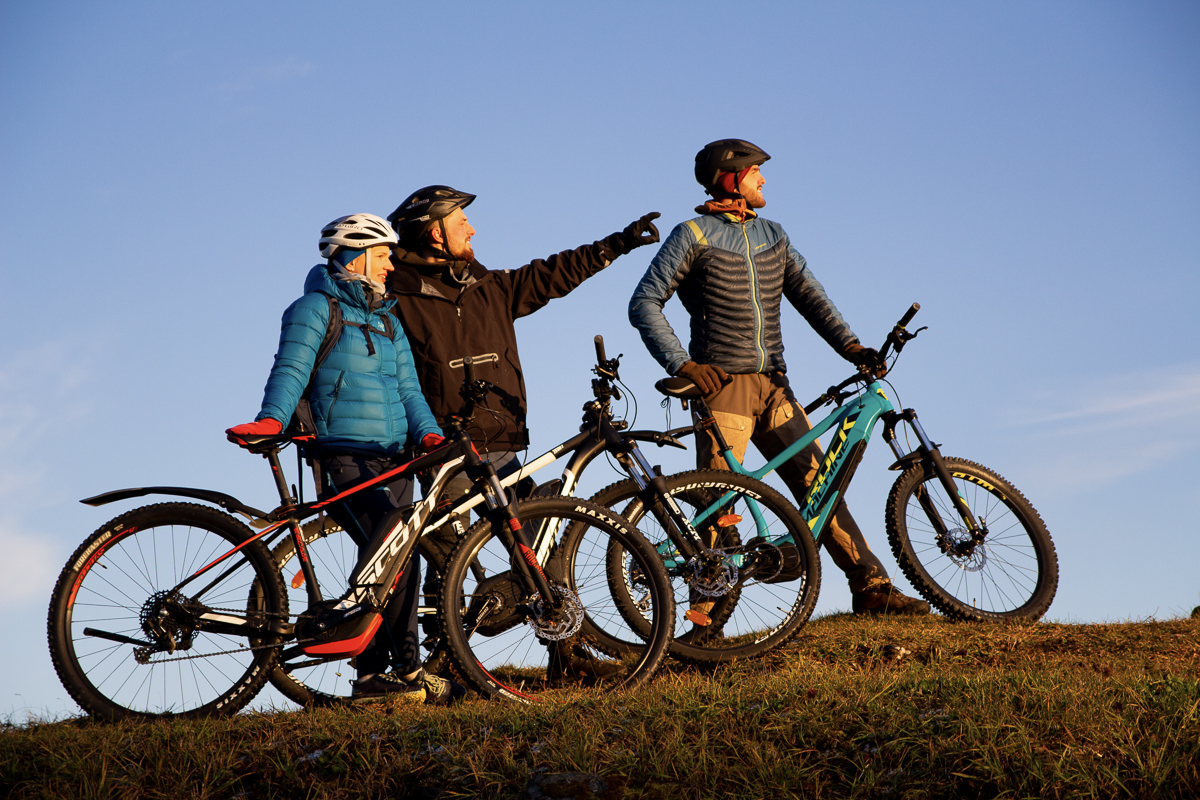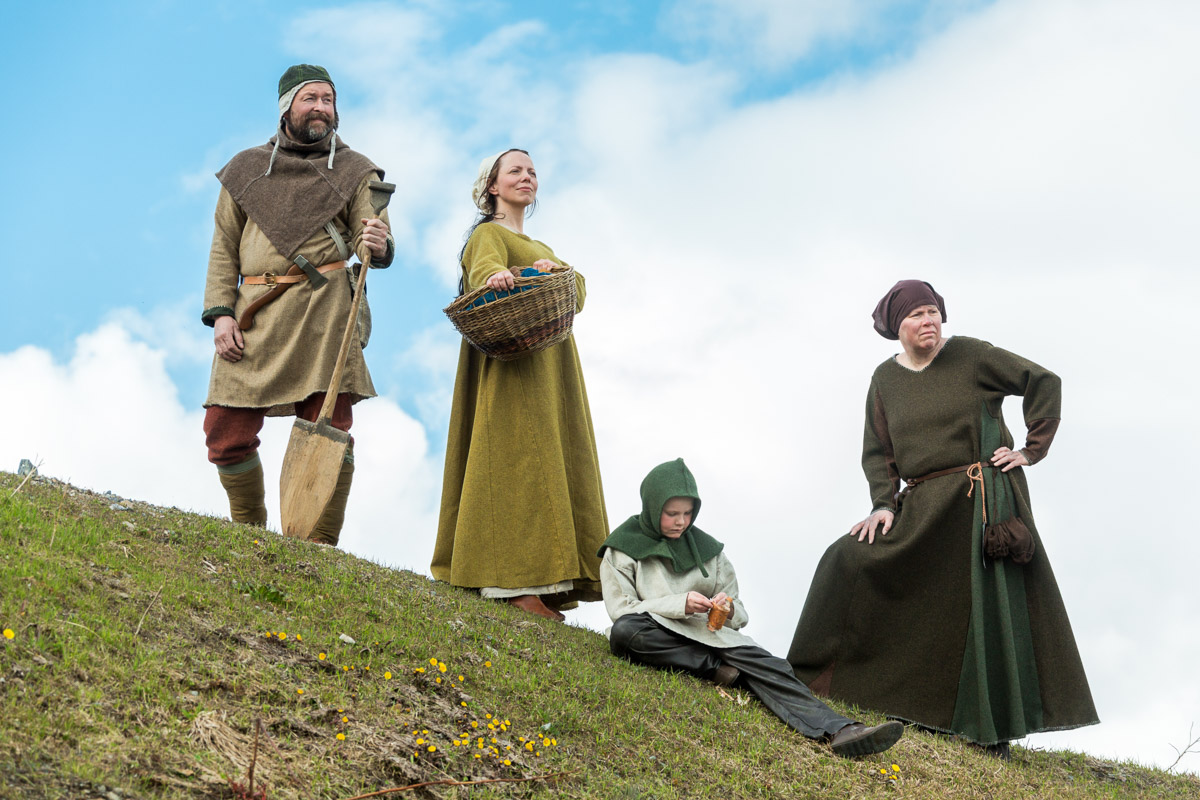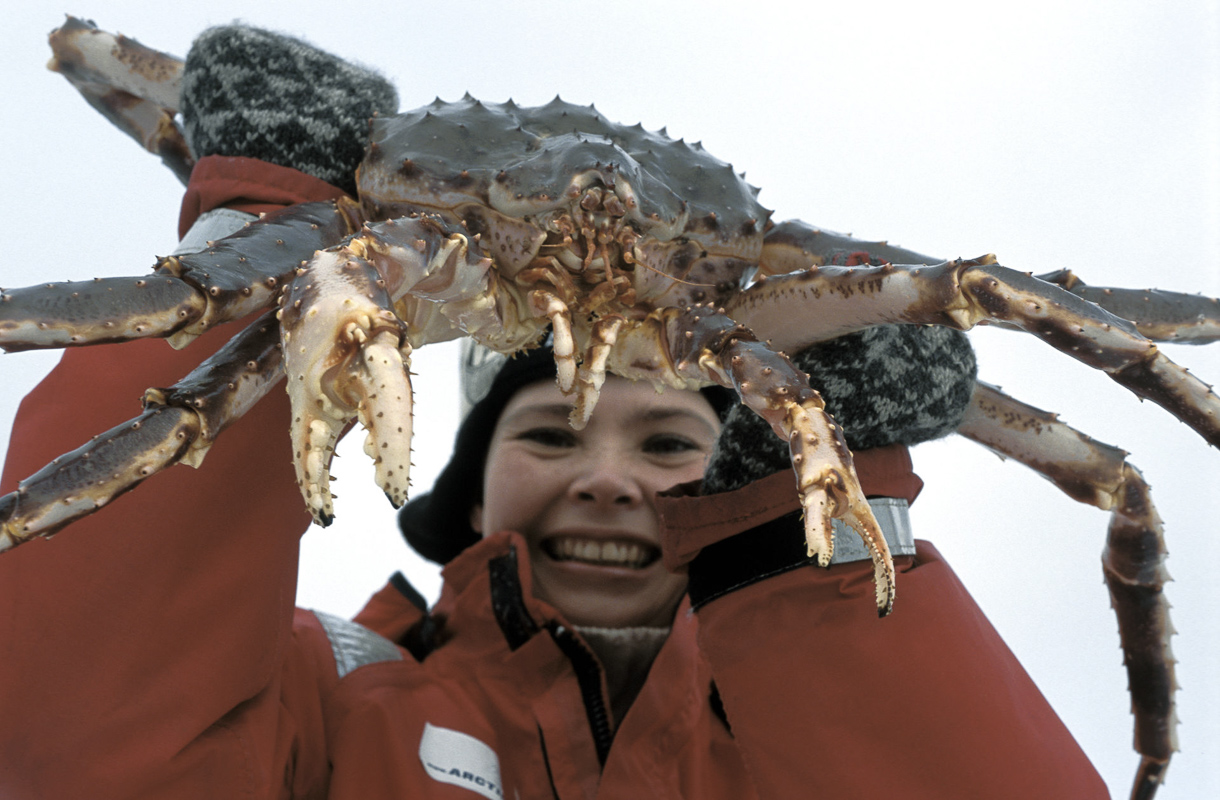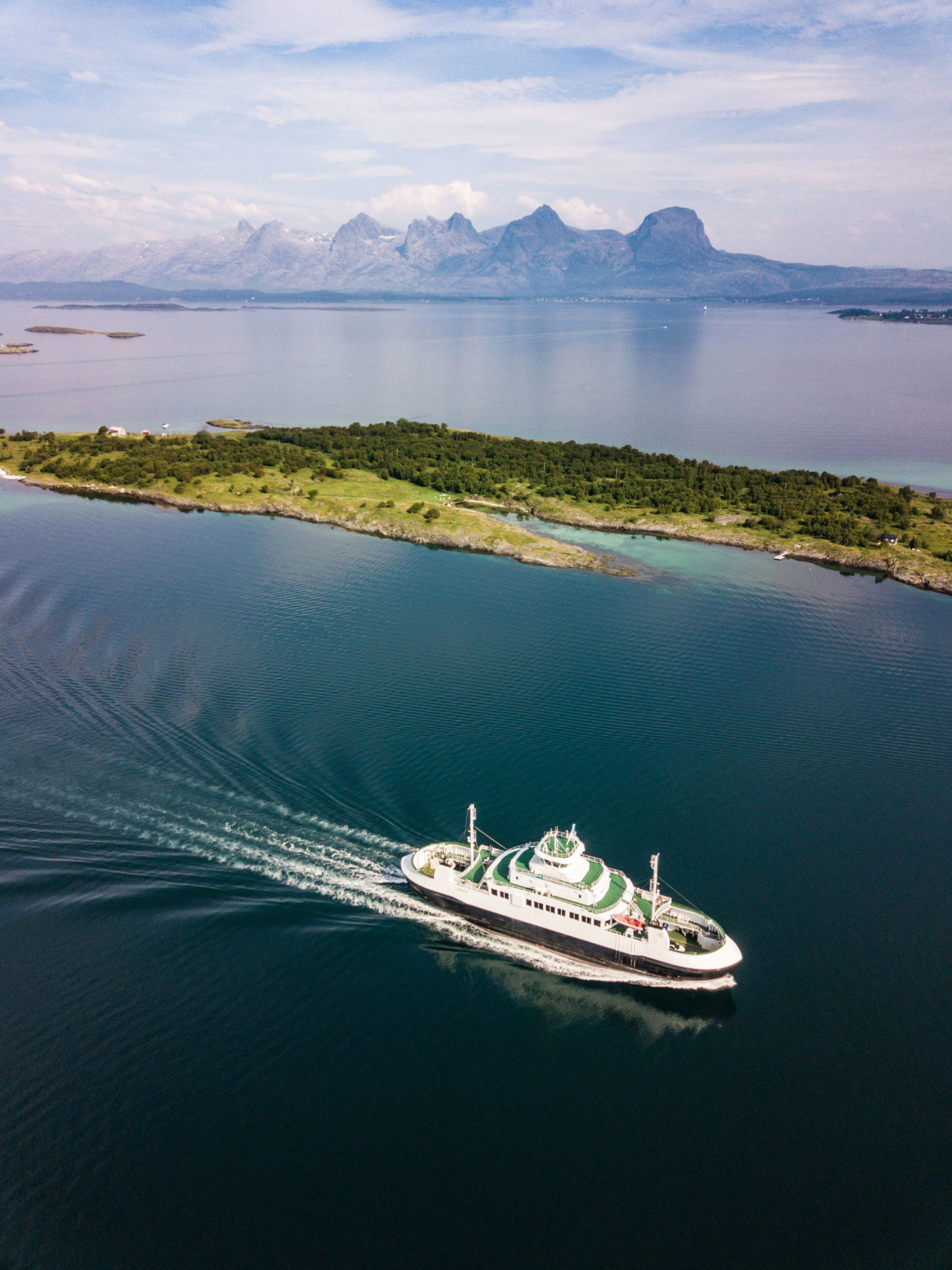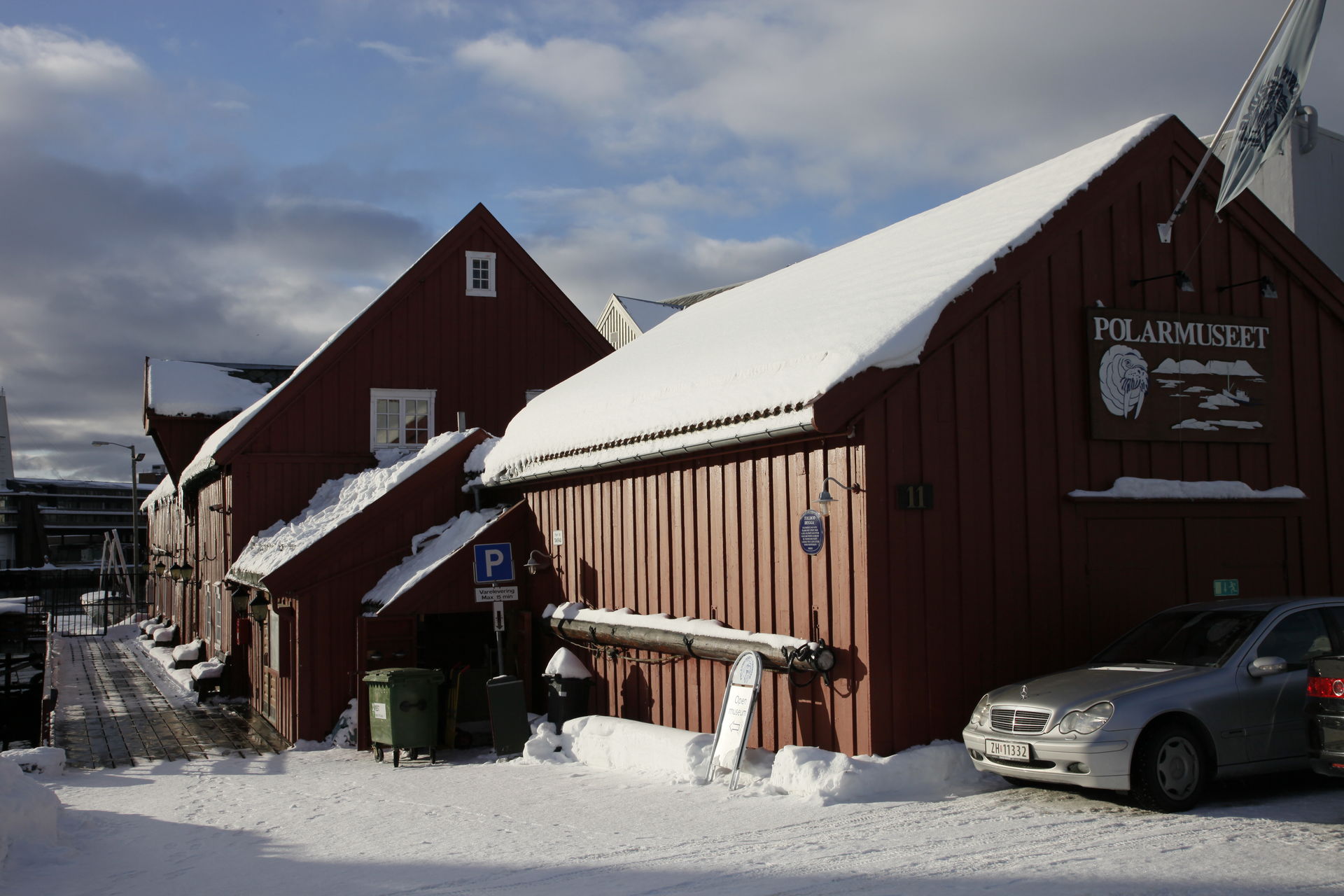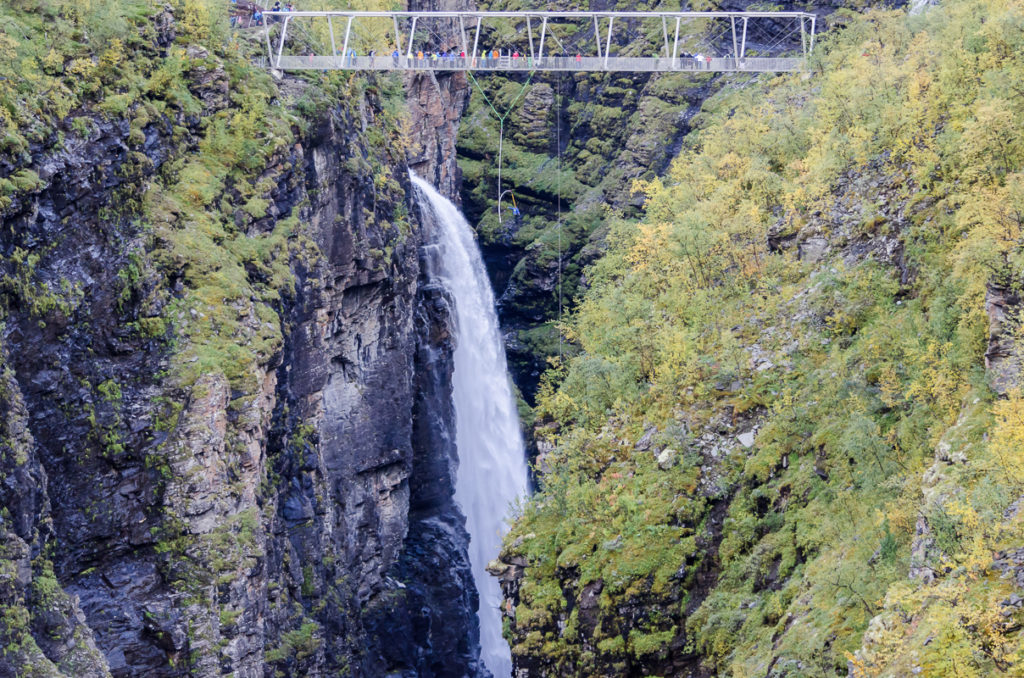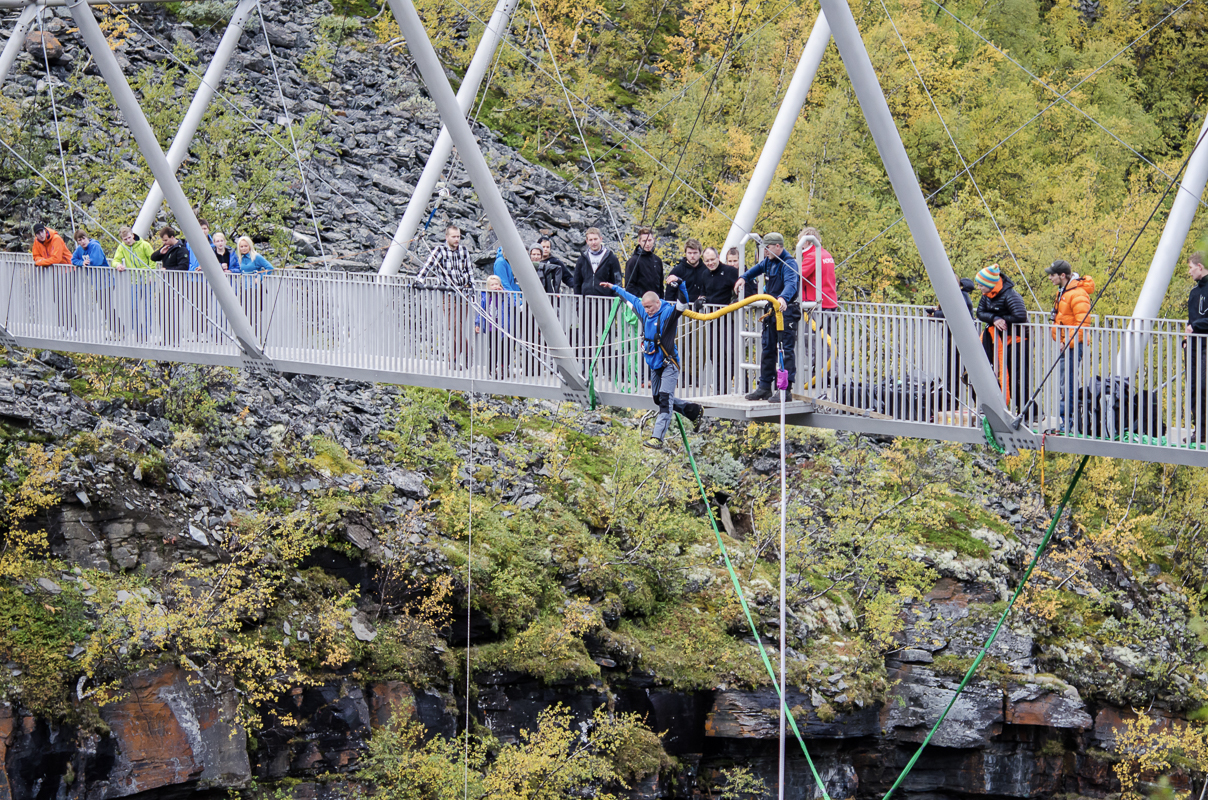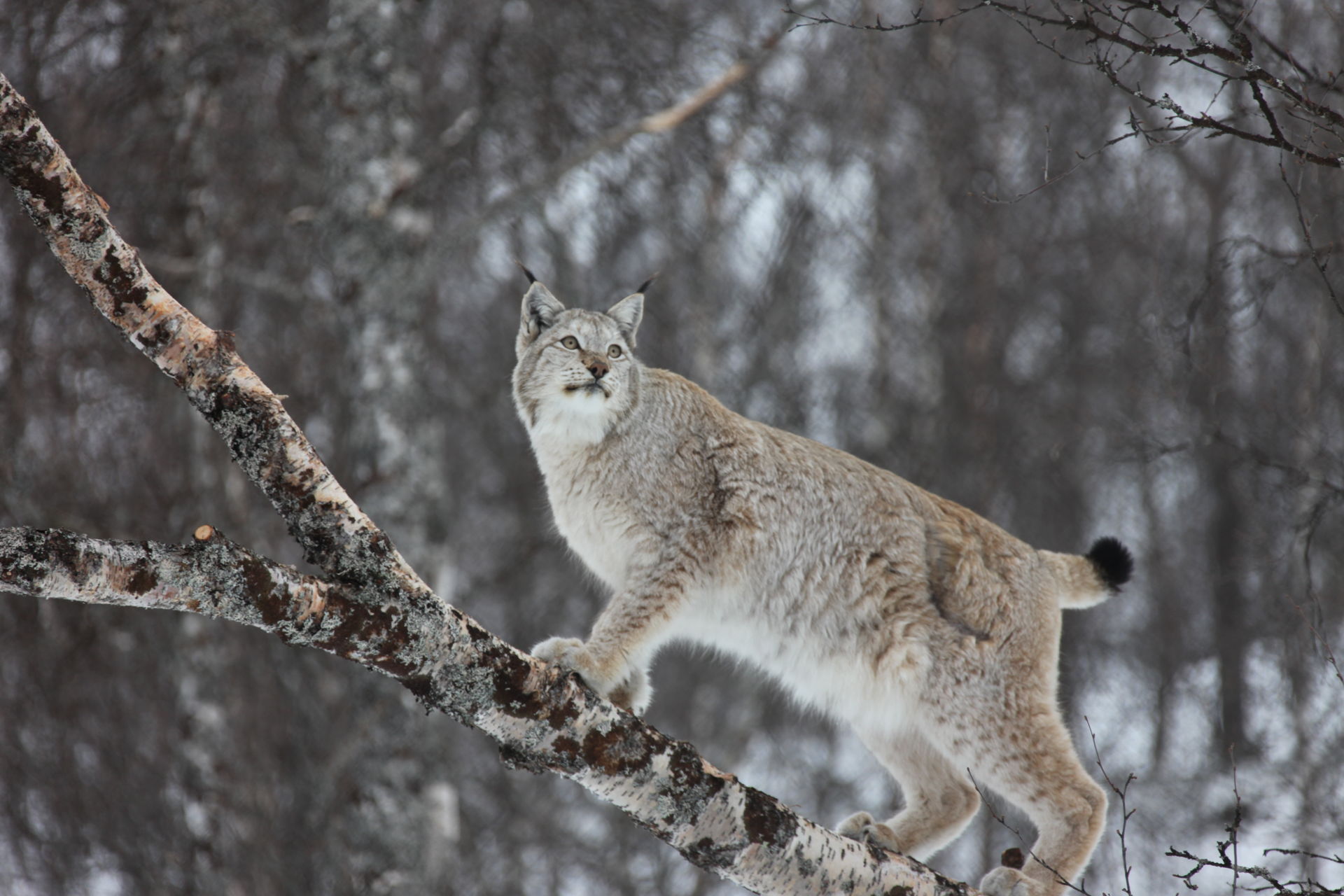Explore some of Europe’s most untouched wilderness, hundreds of kilometres from the nearest habitation, without polluting or disturbing Nature in her long winter sleep. Join Bjørn Klauer as he criss-crosses the Kjølen mountains in Inner Troms
The tours go back and forth over Kjølen, the chain of mountains straddling the Norwegian-Swedish border. There are frequent visits to the Dividalen and Rohkunborri national parks, as well as Treriksrøysa, where Norway, Sweden and Finland meet. Bjørn also sets out on long-distance expeditions through the mountain kingdom to Jukkasjärvi, near Kiruna on the Swedish side of the border.
Bjørn stays well above the treeline
“Our expeditions go high above the treeline,” explains Bjorn, “with panoramic views of the mountains and high plateau. Each day the views are quite unlike the day before. We often see wolverine, lynx and arctic fox. Our guests are frequently surprised at how close they get to nature, and how well we fit in.” The tours offer as authentic an experience as possible, in close touch with nature and avoiding polluting the environment.
A try-out day comes first
The first day is a try-out day, when the group of guests go through all the routines, including harnessing the dogs, feeding them and communicating with them. Then they go for a proper sled drive. Only on the second day do the group head for the mountains.
You don’t freeze
The absolutely essential thing on these trips is not to get cold,” says Bjørn. “Make sure you’ve got warm woollen underwear, hat and gloves. We can supply the all-weather snowsuits and warm boots, if required. We normally stay the night in cabins, but on some of the longer tours some nights are spent in tents. Occasionally we encounter a bad snow storm, but we’re prepared for that with the right equipment. The temperature can get right down to -35 Celsius, although that’s rare,” adds Bjørn.
You get your own dog team
Each guest gets their own husky dog team. And each guest is responsible for their team, both for feeding and harnessing the dogs and making sure that the dogs are OK. The guests also assist with chopping wood, cooking and washing up. “We’re dependent on everyone pulling together,” explains Bjørn.
Good food is essential
Food is important when you’re out in the cold all day. Bjørn prefers local ingredients such as elk, reindeer and wild salmon. He also has his own bakery on the farm, so no tour sets out without fresh bread.
We have two types of winter
“We have two types of winter in the far north: the dark and the light,” Bjørn explains. “From December to February, the days are short, so we don’t make long trips. On the other hand, at this time of year we can see the Northern Lights in remote mountain areas far from habitation, in a dry, inland climate. These tours are well-suited for people who haven’t tried dog-sledding before.”
There are lots of sunshine late in winter
From March onward the days are long, and the weather is often good. This allows the teams to set out on longer expeditions carrying more supplies and equipment. On the more hard-packed late-winter snow they can drive faster and cover greater distances. The whole thing is more of a sporting challenge, which is more fun for the slightly more experienced drivers. They can quickly reach distances of 2-300 kilometres (120-190 miles) over the course of eight days. From the end of April it is no longer dark at night, and they can drive 24 hours a day, if they want to.
Bjørn gets a lot of regulars
Bjørn’s guests come from all over Europe. Most of them are used to the outdoor life and being active. “Around 50% of our guests every winter have been with us before,” says Bjørn, who has driven with many guests over the past 25 years. Bjørn sets up a varied programme of tours ahead of every winter season. Many guests sign up as individuals, and so a group is formed, frequently of people from many nationalities.
The tours require some stamina
On the short, week-long tours, you should be sufficiently fit to be able to go on a cycling trip in hilly terrain. On the longer tours, you should have experience of outdoor life in the winter-time, such as camping in tents. It is also an advantage to be in even better physical shape than this, because the dogs require more help when the sleds are heavy with supplies and equipment.

Visit Narvik
Contact Visit Narvik for booking experiences in Bardu and across the Narvik region
